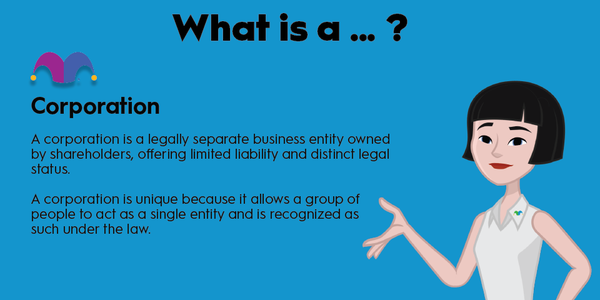Global businesses sometimes report their revenue and earnings in "constant currency" or "on a constant currency basis." Let's explore what this means so you can evaluate financial reports that make currency adjustments.

Understanding constant currency
Overview
Constant currency is a financial reporting practice that removes the effects of changing exchange rates from business metrics. This is done because currency fluctuations can raise or lower the U.S. dollar value of income statement metrics -- and reported numbers can be misleading as a result.
In other words, if a foreign currency's U.S. dollar exchange rate falls, this change would inflate revenue and revenue growth or hide a revenue decline. The inverse is also true. If the exchange rate rises, unadjusted reporting could offset growth in revenue or earnings.
The table below shows a simple example based on a hypothetical U.S. company doing business in Europe.
| Values (Currency) | Year One | Year Two (Growth) |
|---|---|---|
| Revenue (EUR) | $200,000 | $300,000 (50%) |
| Net income (EUR) | $40,000 | $55,000 (37.5%) |
| EUR:USD exchange rate | 1.0905 | 1.079 |
| Revenue (USD) | $183,402 | $278,035 (51.5%) |
| Net income (USD) | $36,680 | $50,973 (39%) |
In the second year, sales and earnings growth percentages for the European business are 50% and 37.5%, respectively, in the local currency. Translating those values to U.S. dollars with slightly different exchange rates alters the growth percentages to 51.5% and 39%. That may not seem like much, but the effect is compounded when translating multiple currencies, particularly if less-stable economies are in play.
There are different ways to implement constant currency reporting. A fixed exchange rate could be used each year, for example. Alternatively, prior-period numbers could be recast to match the average exchange rate for the current year.
Generally accepted accounting principles (GAAP) do not allow businesses to report exclusively in constant currency. However, many businesses will provide constant currency metrics alongside their GAAP financial statements.
Advantages of constant currency reporting
Advantages
Comparability is the primary advantage of constant currency reporting. Stripping away the exchange rate effect allows for more meaningful, reliable comparisons between periods.
A net income increase of 50% on a constant currency basis, for example, is usually a positive result. On the other hand, 50% net income growth based on unadjusted numbers with no clarification of the currency effect is less definitive.
Advocates of constant currency reporting also argue that exchange rates are outside the control of business leaders, so results that exclude currency fluctuations provide more transparency into underlying business performance.
Disadvantages of constant currency reporting
Disadvantages
The disadvantages of constant currency reporting include:
- Non-GAAP practice. Currency adjustments are not accepted by GAAP. Public companies that share constant-currency metrics must do so as supplemental information, alongside GAAP financial statements.
- Overlooks the ongoing challenge of changing exchange rates. Removing currency effects from key metrics is similar to the practice of stripping out one-time gains and losses from adjusted earnings. The rationale for the latter is that non-recurring events are not representative of the ongoing business. That argument doesn't apply to fluctuating exchange rates, however. Currency movements are ongoing. They create ongoing challenges, and they do affect profits.
Related investing topics
McDonald's (MCD 0.13%) and constant currency
McDonald's
Fast-food brand McDonald's has more than 38,000 restaurants across 100 countries. Both company- and franchise-owned locations produce revenue and incur expenses. The company regularly reports year-over-year comparisons in constant currencies alongside unadjusted comparisons. Examples from the company's fourth quarter and full year 2023 earnings release include:
- Fourth-quarter consolidated revenue rose 8%, and 6% in constant currencies.
- Fourth quarter diluted earnings per share (EPS) increased 8%, and 5% in constant currencies.
- 2023 consolidated revenue rose 10%, unadjusted and in constant currencies.
- 2023 diluted EPS rose 39%, and 38% in constant currencies.
In this case, currency fluctuations inflated revenue and EPS, primarily in the fourth quarter. These effects were minimal over the full year.
The bottom line is that investors reviewing financial statements don't need a strong opinion about constant currency reporting. What's more important is an understanding of the pros and cons of the practice. That understanding allows for close evaluation of adjusted and unadjusted metrics, which each answer different questions. The adjusted numbers can represent ongoing business performance, while the unadjusted values describe the dollar-denominated reality of global operations.











































































































